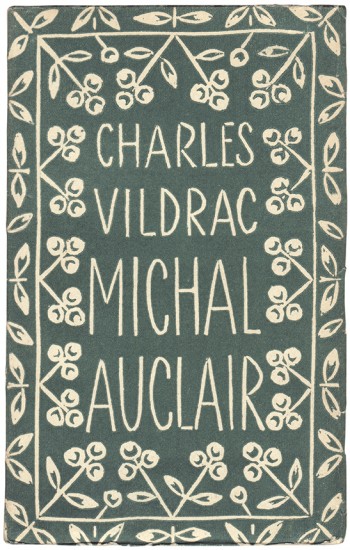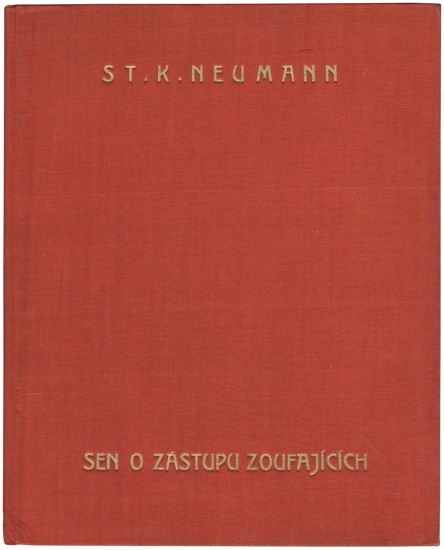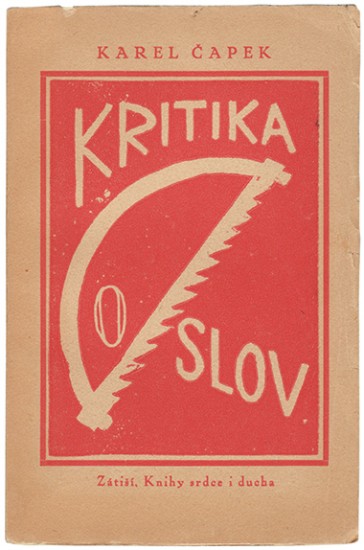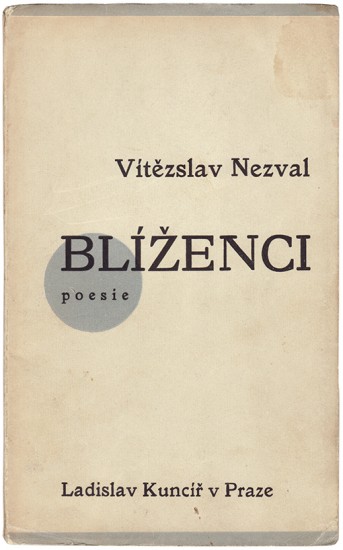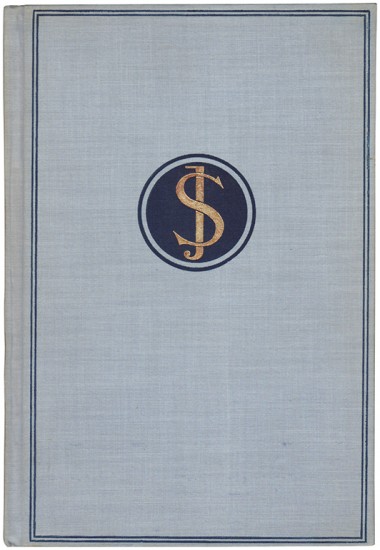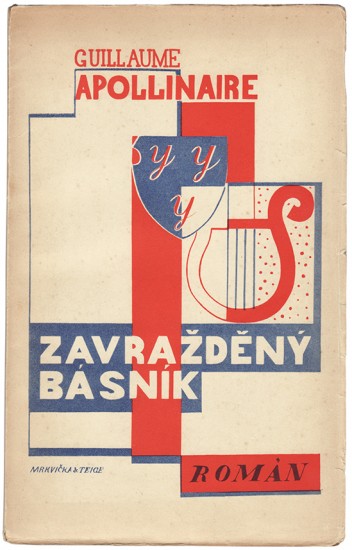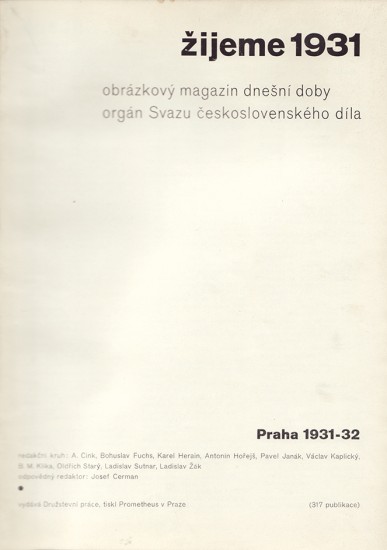Die Räuber. Neun lithographien von George Grosz zu Sentenzen aus Schillers 'Räubern'
Grosz, George
Berlin. Der Malik-Verlag. 1922
George Grosz's series 'Die Räuber' with a hand-painted presentation from the artist.
From the edition limited to 100 numbered copies, with this one of 35 from Ausgabe B on handmade paper ('auf echtem Bütten') with each plate signed by Grosz and numbered in pencil on the justification.
This copy with a large painted presentation (c.360 x 310 mm), executed by Grosz in various different colours of paint on the verso of the portfolio cover: 'To / Beckie / and / Bernard [in red with blue and green flourishes] / Xmas 1936 [in green] / with many thanks for / your fine friendship [also in green] / George Grosz [in blue and with crossed rules beneath]'.
This major portfolio, 'Die Räuber' (The Robbers), continued the ideological work which Grosz had begun in 1921. The lithographs of 'Gott mit uns' (God is with us), published two years earlier had concentrated upon skewering the military class in brutal caricature. In a very similar way, the nine lithographs of 'Die Räuber' attacked and unmasked the predatory nature of the capitalist factory owners and corporate elite - and the seemingly indifferent bourgeoisie - in stark contrast to the impoverished worker, the emaciated unemployed and the dispossessed.
Each lithograph is accompanied by a sentence from J. C. F. von Schiller's play 'Die Räuber' (first published in 1781), a tragedy about a young man rebelling for personal reasons against society; the result is a revolutionary interpretation in a new context of the quotations from the play and a heightened revolutionary tone to the lithographs.
The Beckie and Bernard of Grosz' presentation were Bernard and Rebecca Reis (their ownership is recorded beneath the presentation in pencil), avid collectors and patrons of modern art in New York and noted for their weekly, raucous, salon. The Reis' circle included many émigré artists, among them Grosz, Chagall and his wife, Ernst, Matta, Léger and Tanguy, but also Peggy Guggenheim, Mark Rothko and many of the Abstract Expressionists. Reis provided financial advise to artists, including Grosz, acted as a trustee of the estate of Mark Rothko and advised Peggy Guggenheim on the foundation of her first commercial gallery. The Bernard and Rebecca Reis papers, among them their correspondence with Grosz, are housed at the Getty Research Institute in Los Angeles.
[Dückers M, V 1 - 8].
From the edition limited to 100 numbered copies, with this one of 35 from Ausgabe B on handmade paper ('auf echtem Bütten') with each plate signed by Grosz and numbered in pencil on the justification.
This copy with a large painted presentation (c.360 x 310 mm), executed by Grosz in various different colours of paint on the verso of the portfolio cover: 'To / Beckie / and / Bernard [in red with blue and green flourishes] / Xmas 1936 [in green] / with many thanks for / your fine friendship [also in green] / George Grosz [in blue and with crossed rules beneath]'.
This major portfolio, 'Die Räuber' (The Robbers), continued the ideological work which Grosz had begun in 1921. The lithographs of 'Gott mit uns' (God is with us), published two years earlier had concentrated upon skewering the military class in brutal caricature. In a very similar way, the nine lithographs of 'Die Räuber' attacked and unmasked the predatory nature of the capitalist factory owners and corporate elite - and the seemingly indifferent bourgeoisie - in stark contrast to the impoverished worker, the emaciated unemployed and the dispossessed.
Each lithograph is accompanied by a sentence from J. C. F. von Schiller's play 'Die Räuber' (first published in 1781), a tragedy about a young man rebelling for personal reasons against society; the result is a revolutionary interpretation in a new context of the quotations from the play and a heightened revolutionary tone to the lithographs.
The Beckie and Bernard of Grosz' presentation were Bernard and Rebecca Reis (their ownership is recorded beneath the presentation in pencil), avid collectors and patrons of modern art in New York and noted for their weekly, raucous, salon. The Reis' circle included many émigré artists, among them Grosz, Chagall and his wife, Ernst, Matta, Léger and Tanguy, but also Peggy Guggenheim, Mark Rothko and many of the Abstract Expressionists. Reis provided financial advise to artists, including Grosz, acted as a trustee of the estate of Mark Rothko and advised Peggy Guggenheim on the foundation of her first commercial gallery. The Bernard and Rebecca Reis papers, among them their correspondence with Grosz, are housed at the Getty Research Institute in Los Angeles.
[Dückers M, V 1 - 8].
[10 unnumbered leaves]. Large folio. (725 x 515 mm). Printed title in red with list of plates and justification verso and 9 monochrome original lithographs by George Grosz on handmade paper with deckle edges and the watermark 'JW ZANDERS 1920', each signed in pencil by Grosz at lower right and numbered 1 - 9 at lower left; sheet size: c.700 x 500 mm. Loose as issued in original publisher's cream silk-backed red printed board portfolio with title and monochrome lithograph (a repeat of plate I) by Grosz to front cover.
#48511





